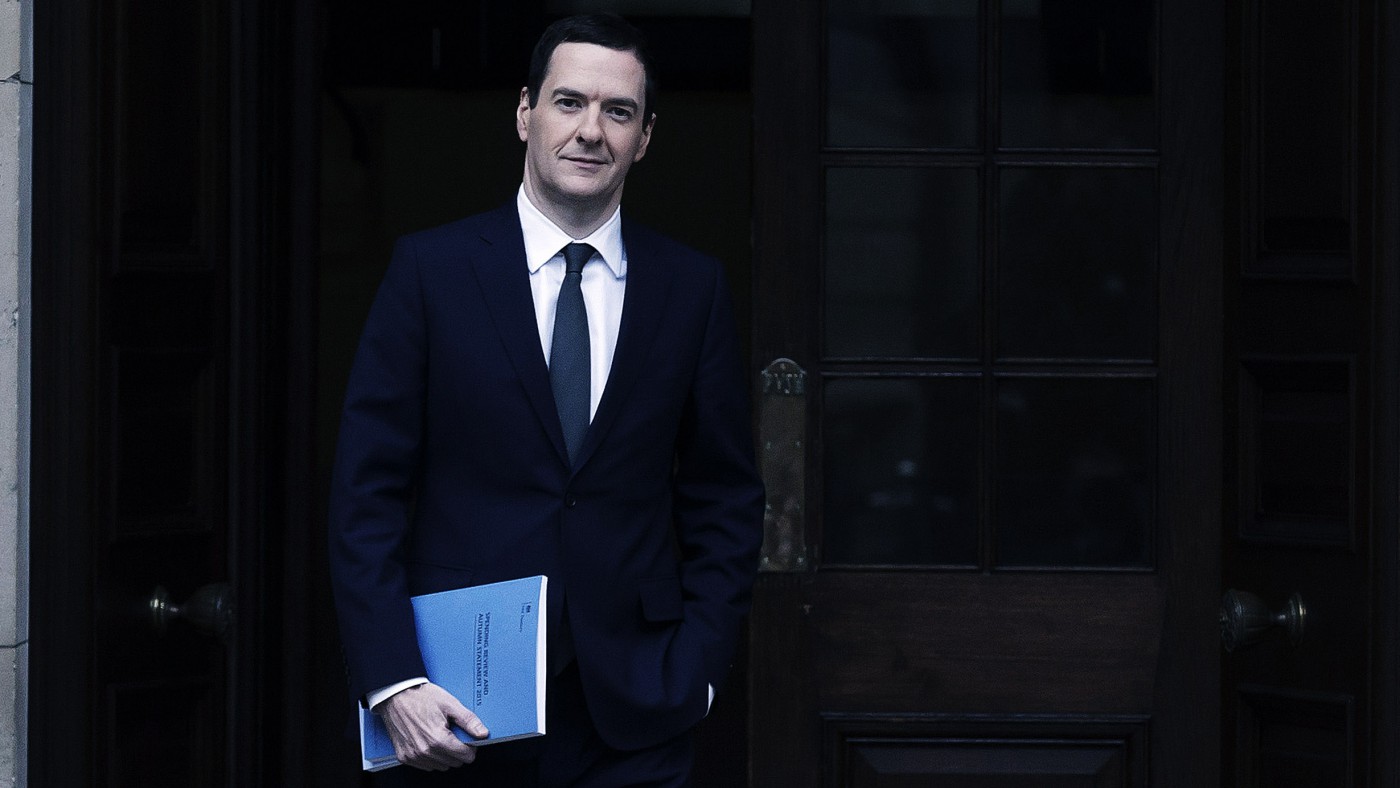Last week the Chancellor set out his Spending Review, outlining departmental spending plans for much of the present parliament. The big story was that, though still tough (and particularly so for local governments), department settlements were much more generous than many were previously expecting. This was partly because, like the Summer Budget, the Autumn Statement saw up to £5 billion a year raised through additional taxes, worth a cumulative £21 billon by 2020/21. Less anticipated by economists, however, were the revisions to the OBR’s underlying fiscal forecasts (which excludes new policy decisions), worth an extra £3 to £8 billion a year and more than £27 billion cumulatively by 2020/21.
Rather than using this windfall to bear down faster on the country’s public sector borrowing and debt, the Chancellor made the welcome move to alleviate pressure on public services and welfare. The Chancellor was able to delay the cuts to working tax credits until the system is subsumed by universal credit later in the parliament. The base rate of funding for 16-18 education will be shielded from cash cuts with a freeze in per pupil funding allocations (although this will still imply a fall in resources after inflation). NHS funding can also now be ‘front loaded’ with a £6 billion cash injection next year, while overall policing budgets are expected to be protected in real terms. In total, the average real terms cut to resource spending by non-protected departments is expected to fall by about 18 per cent, down from a previous estimate of around 27 per cent, while preserving the government’s planned £10 billion surplus by 2019/20.
So where did this £27 billion come from? Economic forecasting is a notoriously imprecise science at the best of times, and so spending upfront a whole load of money that may never actually materialise is always a risk. Arguably the risks are even greater this time around. Underneath the £27 billion windfall gifted to the Chancellor by the OBR, the effect of changes in the underlying economic data was in fact a net fiscal loss of around £7 billion cumulatively. Among other things, this was driven by forecasts for lower average earnings (in part as a result of employers passing through the costs of the apprenticeship levy to their staff) and higher unemployment towards the end of the parliament than was previously expected, although offset to some extent by lower interest rates on government debt.
The £27 billion is therefore mainly explained by the £34 billion gained through changes to forecasting methodology by the OBR, between July and November. Of particular note were the revisions to VAT deductions due to a previous error, worth over £11 billion across the parliament, and improved models for forecasting national insurance contributions, which gifted a further £7 billion cumulatively. Many of these changes are well-substantiated by the OBR in their economic and fiscal outlook. But they nonetheless serve to highlight the volatility of fiscal forecasting, and to some extent also hide the dangers of a weaker economic outlook compared with five months ago.
In the round, many analysts and the media commentariat tend to read too much into the detail of fiscal forecasts, not least because the margins for error on these projections are so large. For example, the OBR estimate that the government has little more than a ‘50 per cent chance of hitting its fiscal targets under existing policy’. But the media are encouraged to do so by a Chancellor who appears to have fixed a price, and spent the proceeds, of every chicken before it’s hatched.
Missing the country’s current fiscal objectives would not be a bad thing in and of itself. In an ideal world, the Chancellor would not be targeting a surplus on the overall budget at all, and would instead look to balance day-to-day spending while freeing the purse strings for strategic capital investment. But it will all be back to the drawing board if economic headwinds continue to blow the OBR’s fragile estimates any further in the wrong direction.
The drivers of cumulative change in the underlying fiscal forecast, July to November 2015 (£ billion, current prices)

Source: IPPR calculations using the Economic and Fiscal Outlook (EFO), Office for Budgetary Responsibility 2015 NB ‘Modelling’ also includes new outturns data for NICs, income tax and corporation tax, but which is not disaggregated in the EFO from the effects of modelling changes


